1971 Norton Commando Roadster
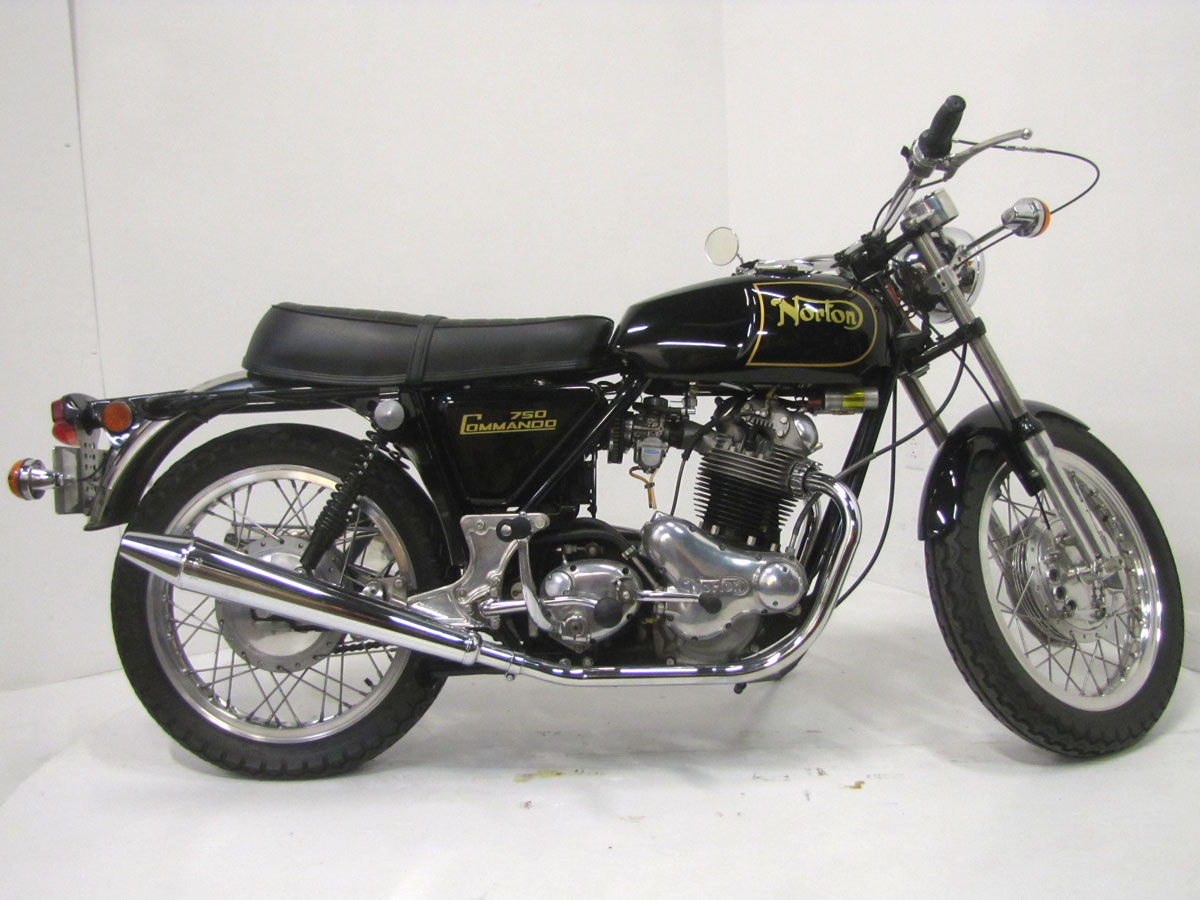 Designed around the best pieces developed for the Manx Norton production racer made through 1962, and the Norton Atlas, with new concepts like Isolastic driveline mounting, the Norton Commando excelled in every way.
Designed around the best pieces developed for the Manx Norton production racer made through 1962, and the Norton Atlas, with new concepts like Isolastic driveline mounting, the Norton Commando excelled in every way.
Many special versions of the Commando were made between 1968 and the hiatus in production for all Nortons in the early 1990’s. At the beginning, 1968, the Norton Commando “Fastback” hit the streets with little fanfare; the dealer network in America was thin, but you may remember the spicy magazine ads. Though something like a “cafe racer,” the look was not well accepted in the important American market. Norton quickly retooled with a trendy “scrambler” high pipe version, and then eventually the Roadster which they gave the very conventional look of our subject bike.
Initially at 100ccs stronger than offerings from Triumph and BSA, until the Trident and Rocket III arrived, the Commandos fared well even against the Harley Sportster, Kawasaki H1 and Honda CB750. In 1972 the “Combat” version hit the scene offering higher output, but some mechanical problems. An electric starter was added to the 850 for 1975. According to contemporary magazine tests, the stock Commando excelled in drag races. On a twisty road or a race track, the Norton left about everything behind; the Manx derived frame and 19 inch wheels shod with Dunlop’s famed K81’s made it handle. Disk brakes came in 1972. Nicknamed “Yellow Peril,” the Commando Production Racer was the most high performance model.
It was either not a well known science or too expensive to achieve, so engine balance was a problem on big twins of the era. A Norton engineer Bernard Hooper designed the Isolastic system which mounted engine, transmission and swingarm in a separate subframe on rubber mounts. The drive line still shook just as a Harley’s does today, but similarly the rider is isolated from it. Today many manufacturers have engineered in balance shafts, smoothing engine operation.
It’s also interesting to note just how universal and tough the Commando motor is. The Norton fared well on road race courses around the world, including the Isle of Man. And although never meant to run nitromethane blends or to be drag raced in anger, John Gregory and Tom “T.C.” Christenson built HOGSLAYER*, a world championship winning twin-Commando engined top fuel drag bike now displayed in the National Motorcycle Museum in Birmingham, England.
A British contemporary of Hendee, Hedstrom, Harley and the Davidsons, James Landsdown Norton began assembling motorcycles with clip-on engines in 1902. The Norton Big Four hit the streets in 1908 and Norton himself rode in the 1908, 1909 and 1910 Isle of Man TT races, then run on the “short course.” Rem Fowler won the very first TT riding a Peugeot-powered Norton. James “Pa” Norton died in 1925 at the age of 56 and it is amazing the company thrived into the 1960’s before closing its doors in the 1990’s, largely due to weak management and strong Asian competition. Much like Indian has been revived a couple of times, new ownership of the Norton brand commenced limited production in 2012. But financial problems seem to plague these revived old brands and “new” Norton production is an off and on proposition. In late 2022 a V-4 Norton prototype was shown and announced as in development.
This 1971 Norton Commando Roadster is lightly customized with trimmer front fender, a single Mikuni carburetor and flanged alloy rims and is part of the Jill and John Parham Collection. Before the National Motorcycle Museum closes permanently September 4, we hope you’ll stop by and check it out along with a Norton 500 single racer from the pre-World War II era.
Specifications:
-
- Engine: 745cc Air-cooled Parallel Twin
- Type: Overhead Valves / Two Valves per Cylinder
- Bore and stroke: 73mm x 89mm
- Compression ratio: 8.9:1
- Carburetion: Stock Twin Amal Concentrics (Single Mikuni)
- Horsepower: 56 hp @ 6,500rpm (R model; 60hp @ 6,800 rpm)
- Primary: Chain-driven
- Transmission: 4-speed
- Electrics: 12 volt, Coil and Points
- Frame: Twin Down Tube Cradle, Isolastic Engine Mounts
- Front Suspension: Telescopic Fork
- Rear suspension: Twin Shock Absorbers
- Front brake: 8 inch, Twin-leading-shoe Drum
- Rear brake: 7 inch, Single-leading-shoe Drum
- Front tire: 3.60 x 19 inch, K81, Stock
- Rear tire: 4.10 x 19 inch, K81, Stock
- Wheelbase: 56.75 inches
- Weight: 420
- Top speed: 122 mph
Leave a Reply
Want to join the discussion?Feel free to contribute!

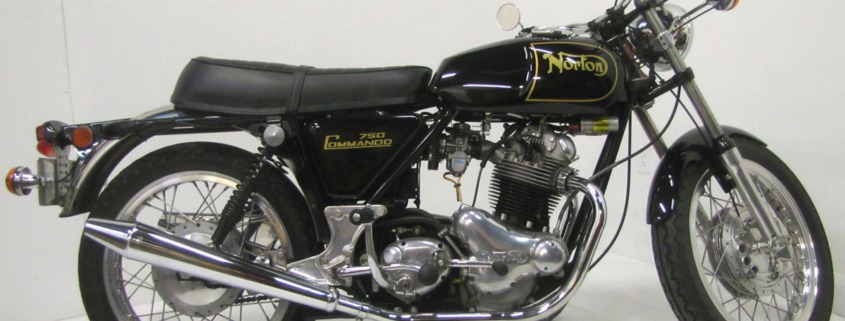
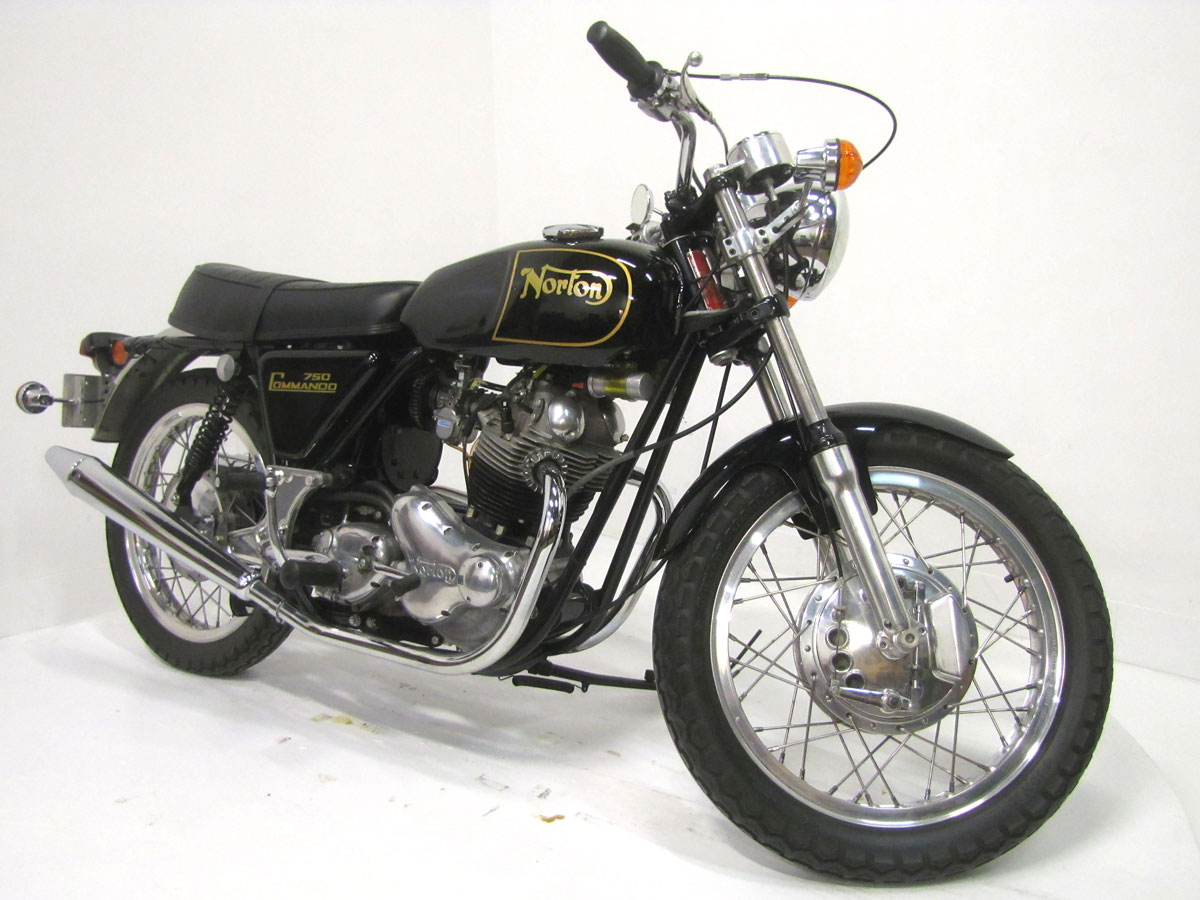
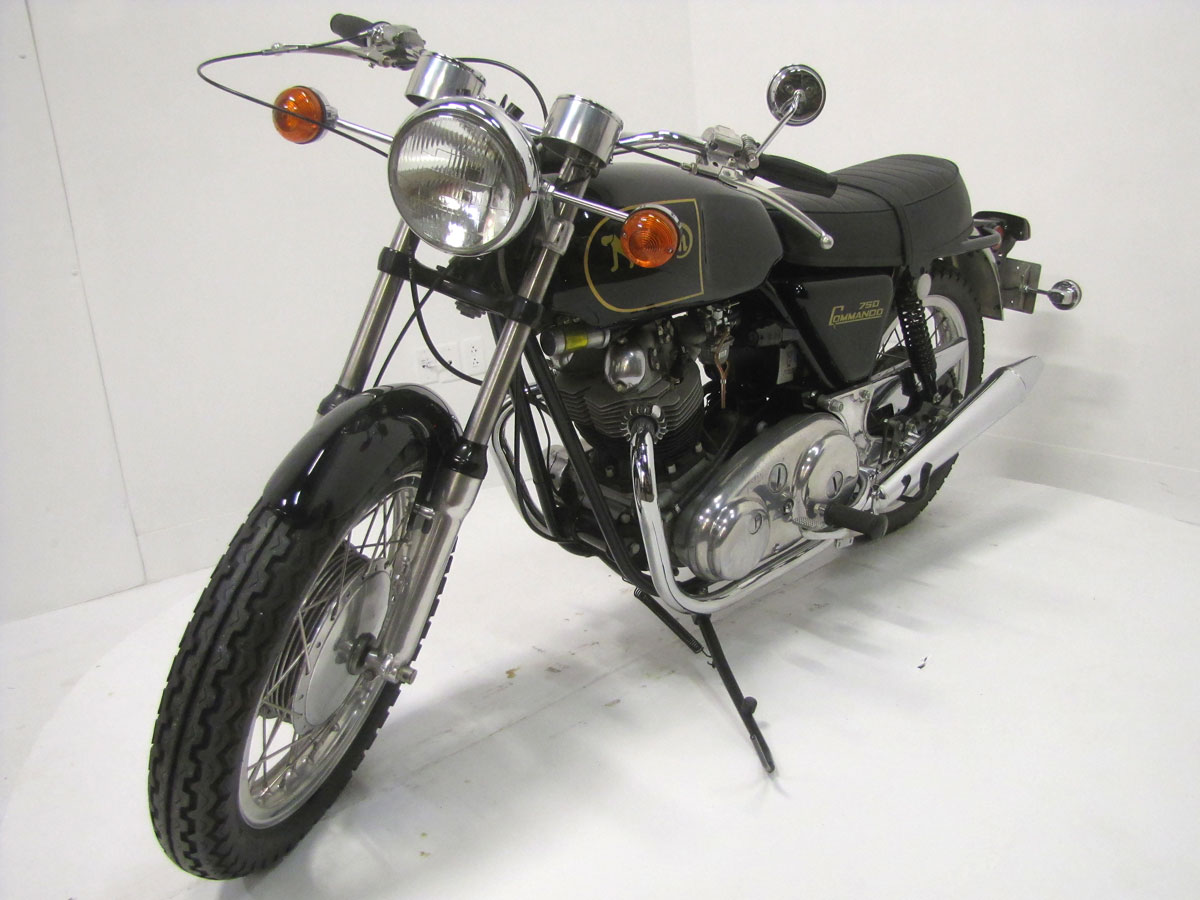
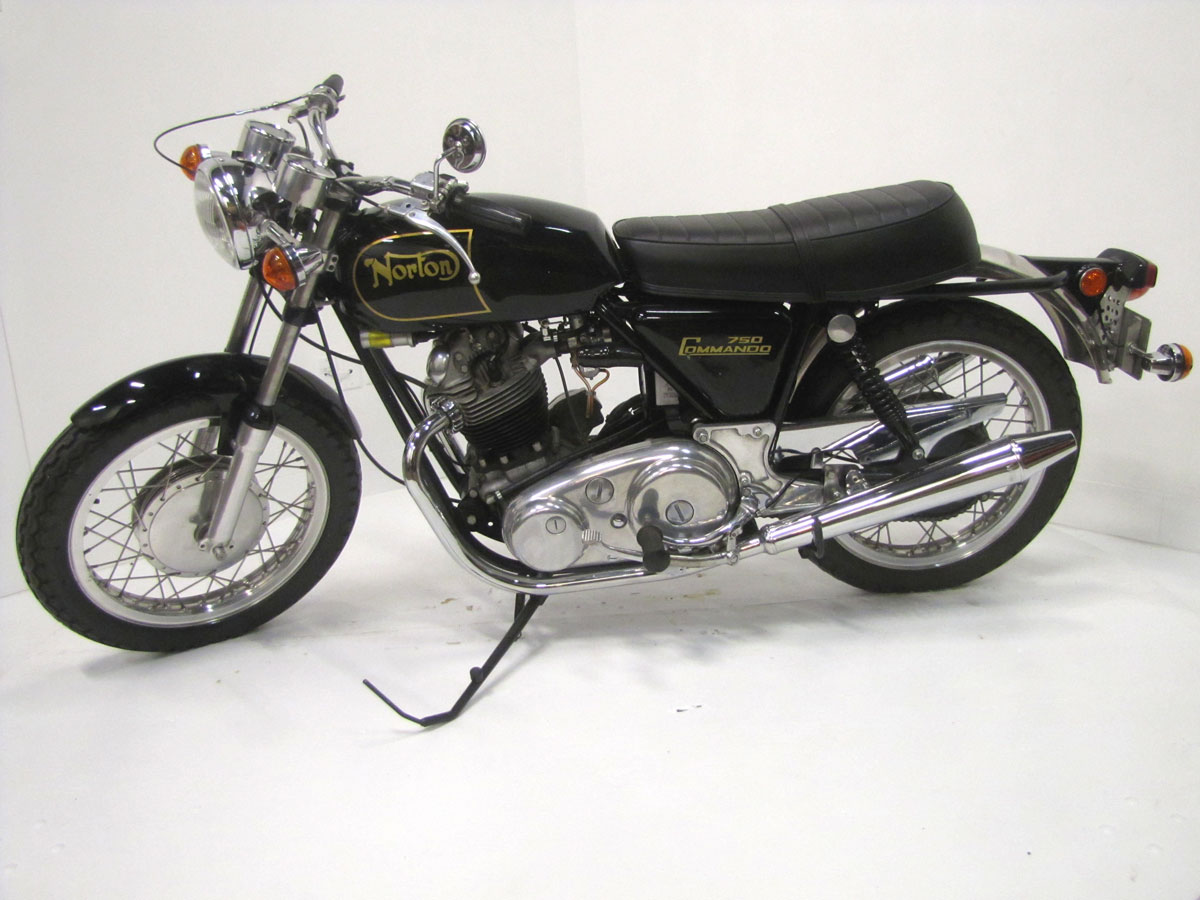
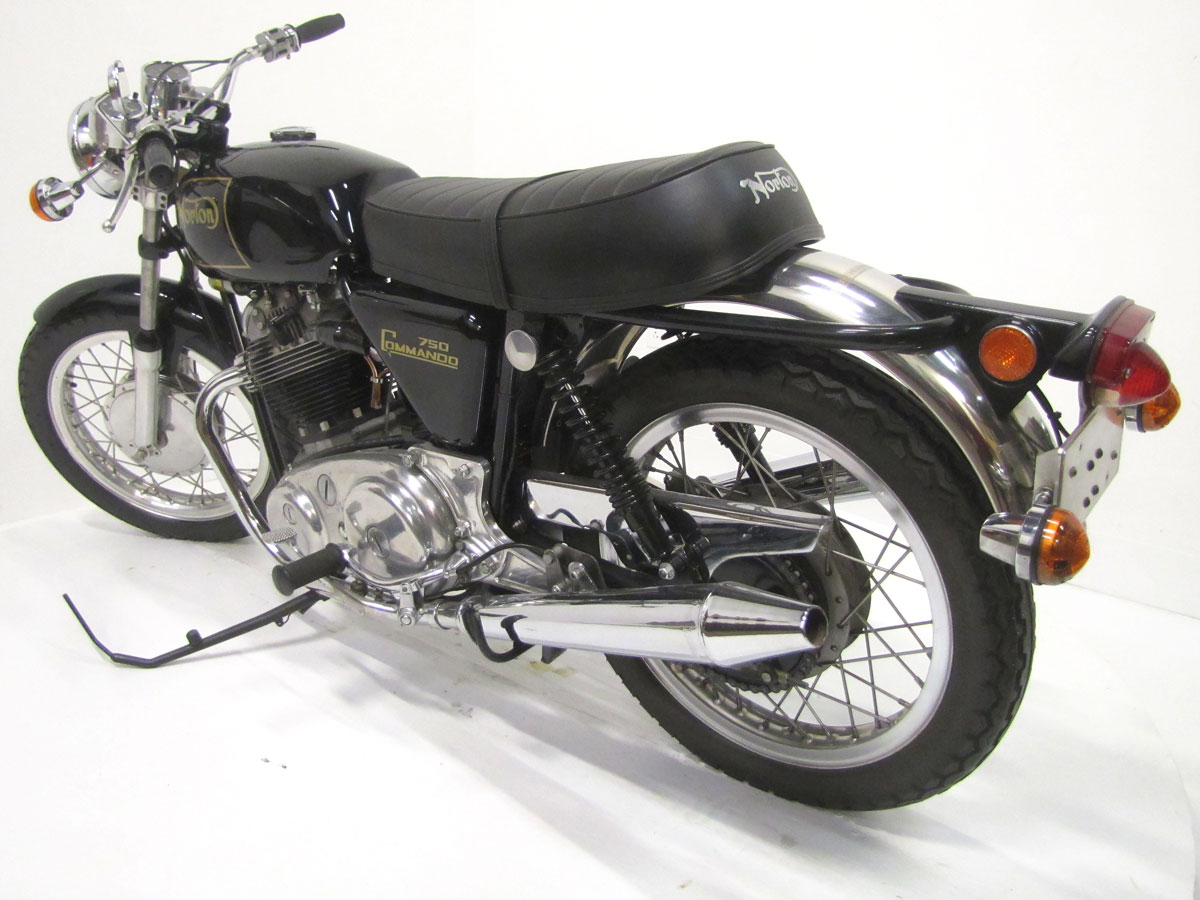
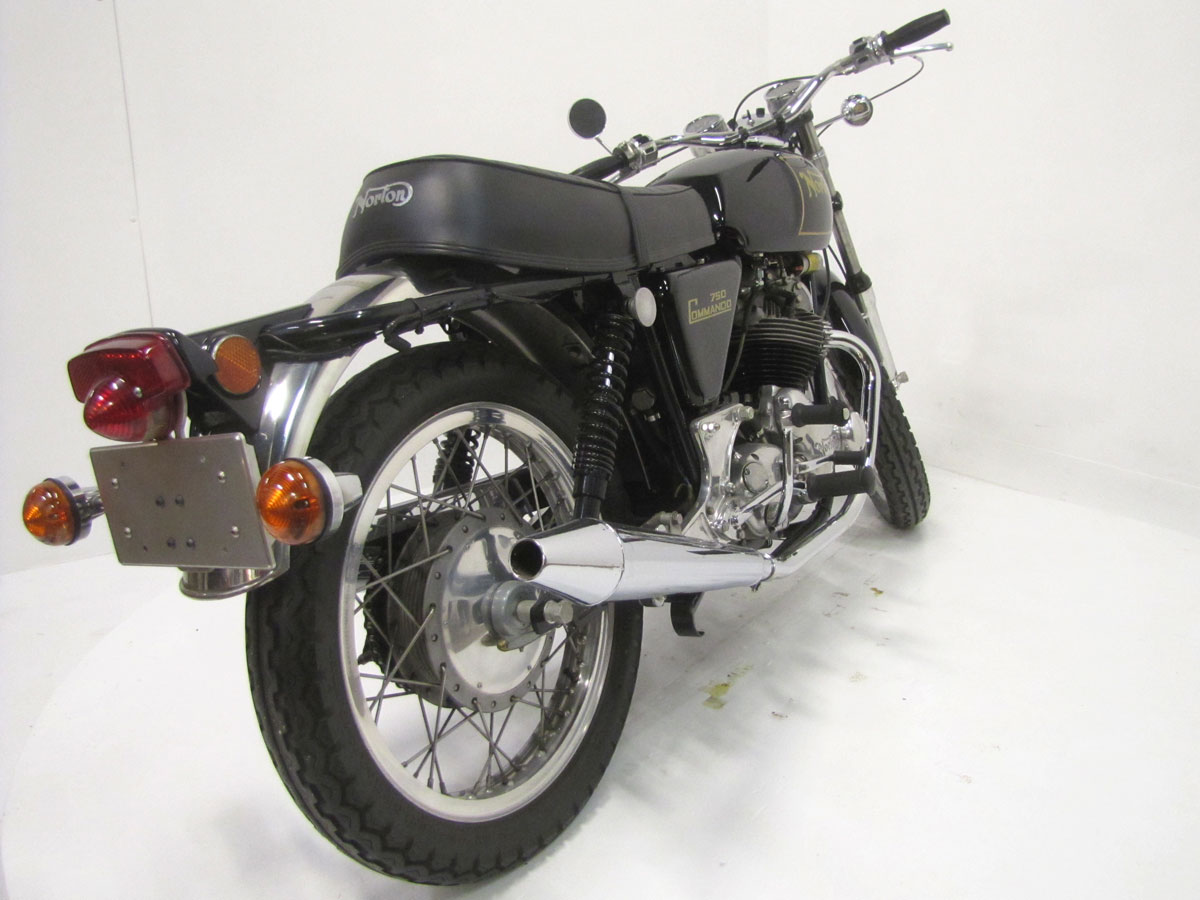
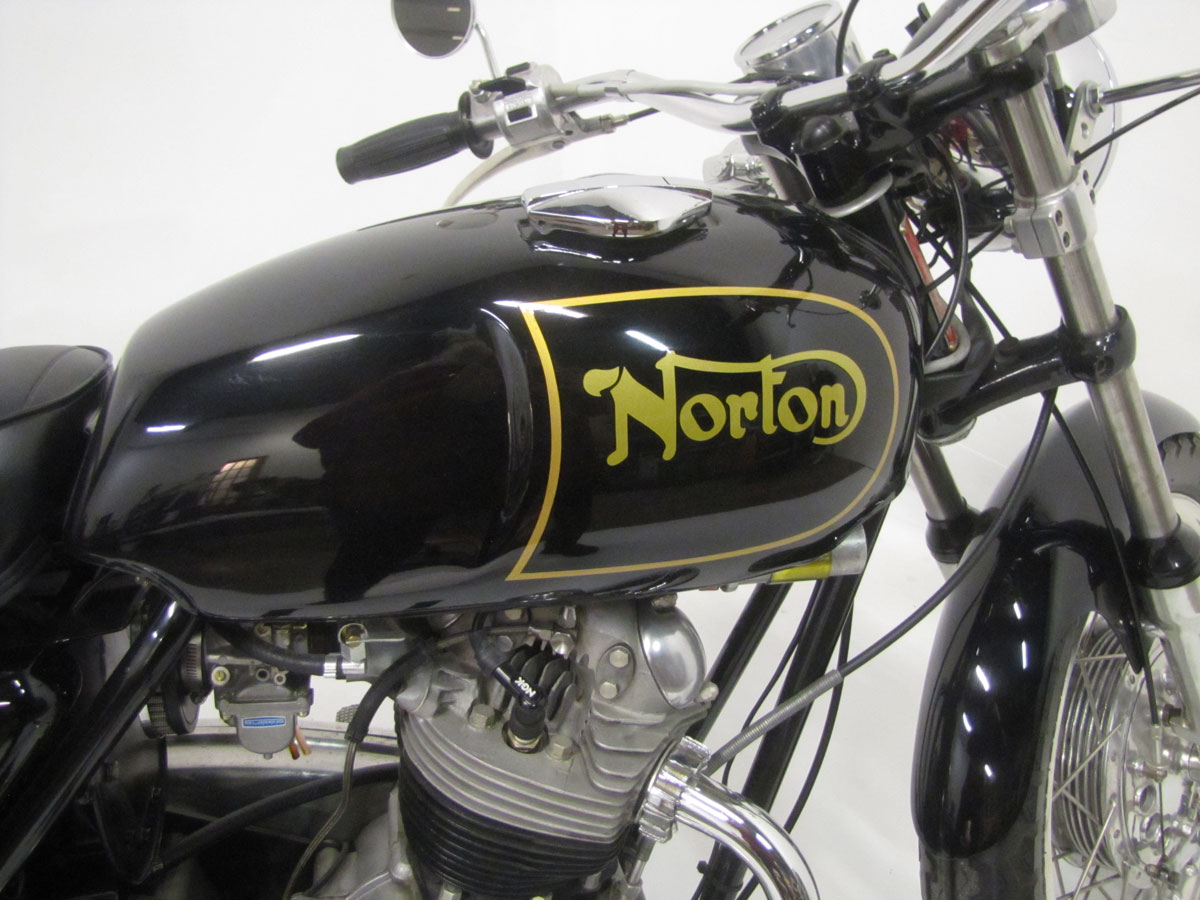
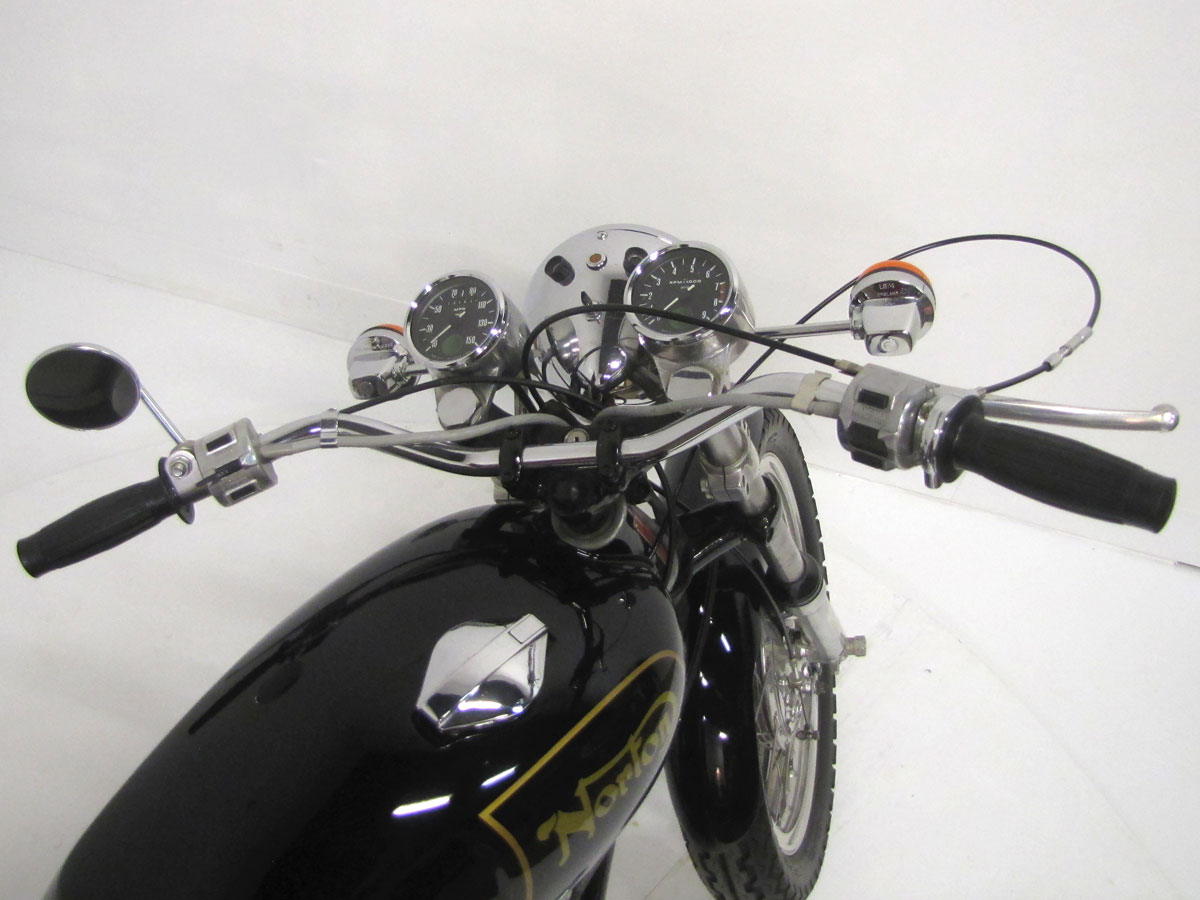
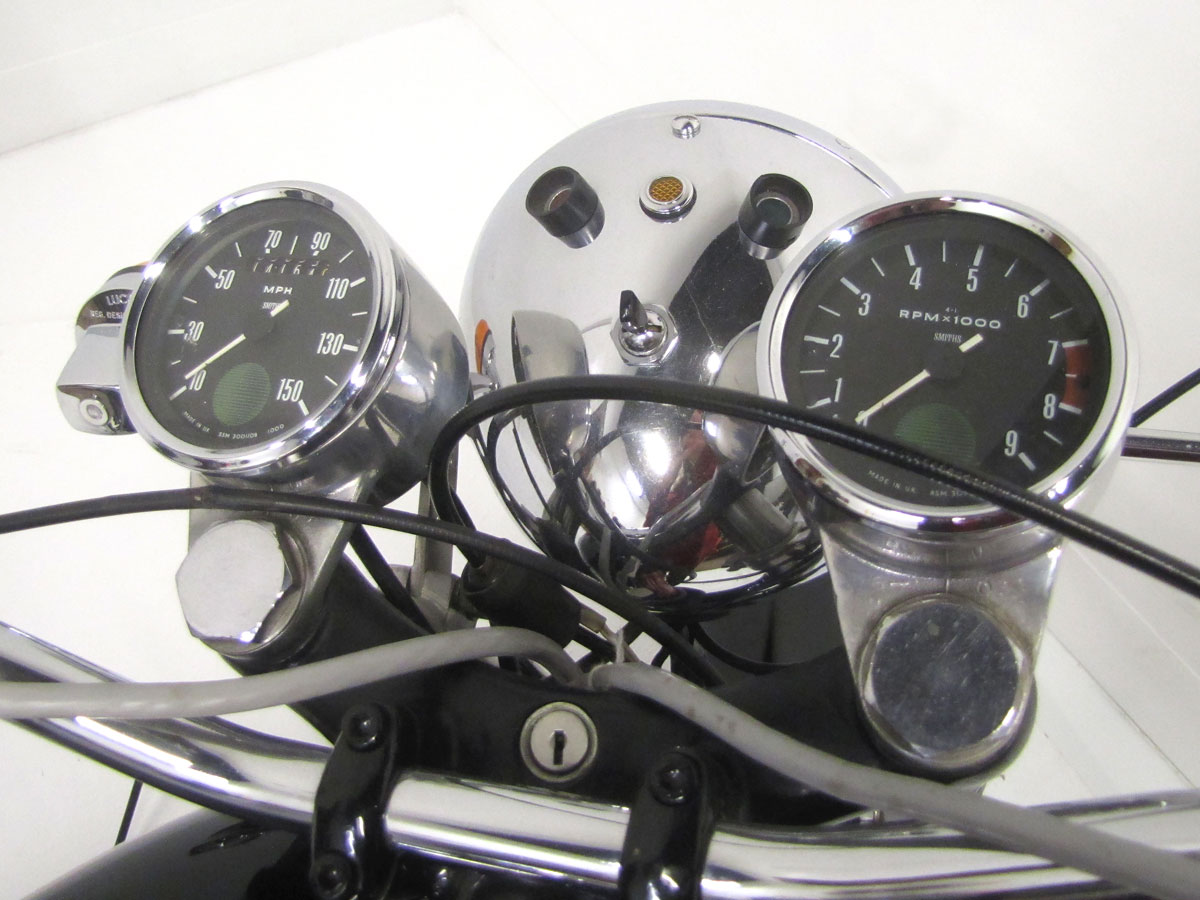
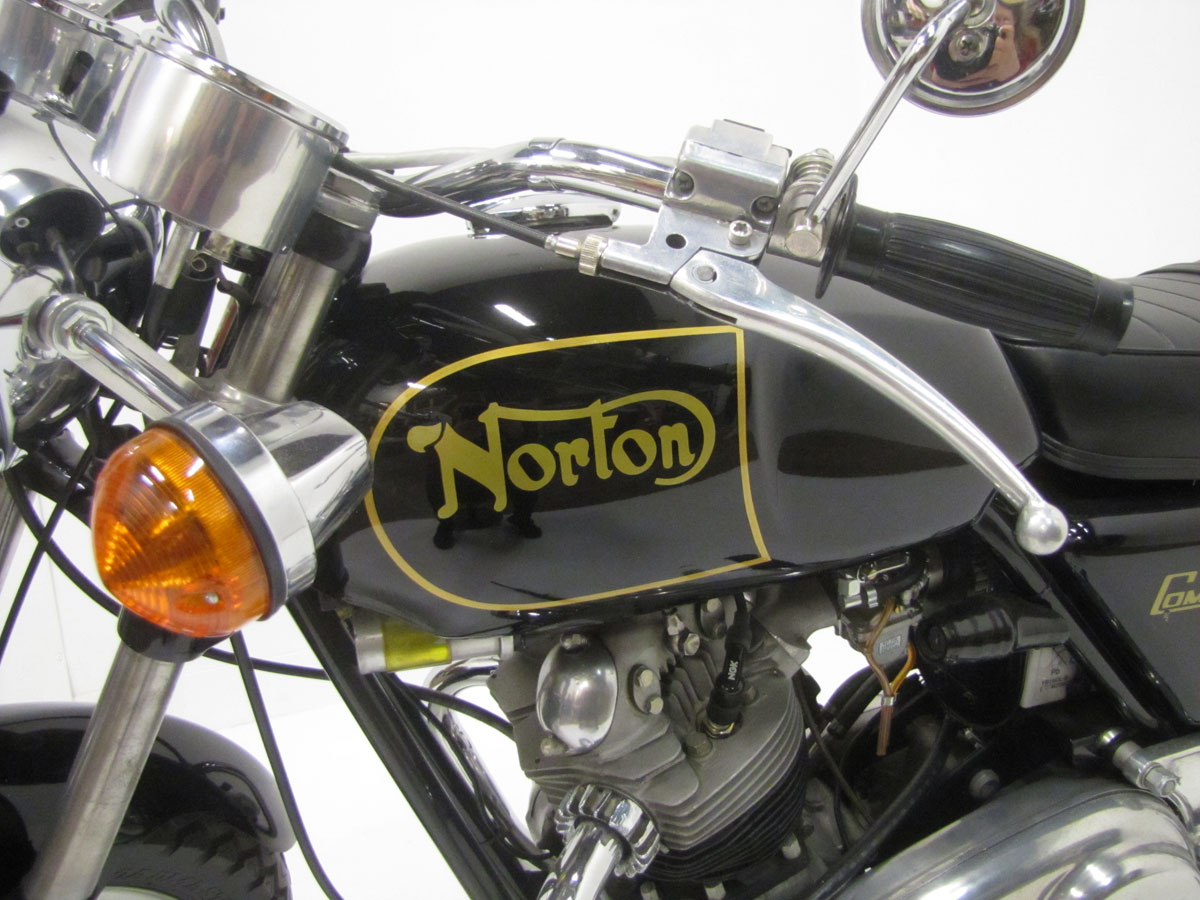
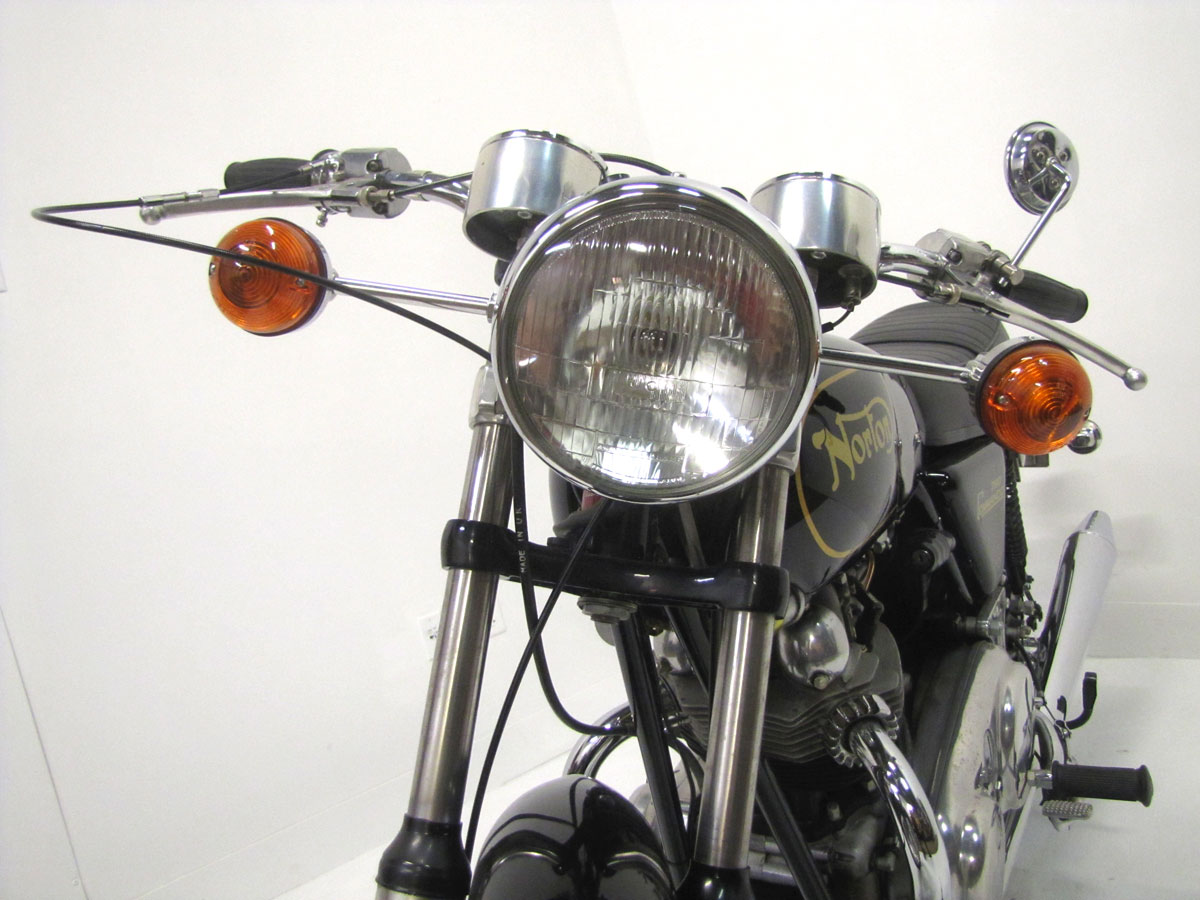
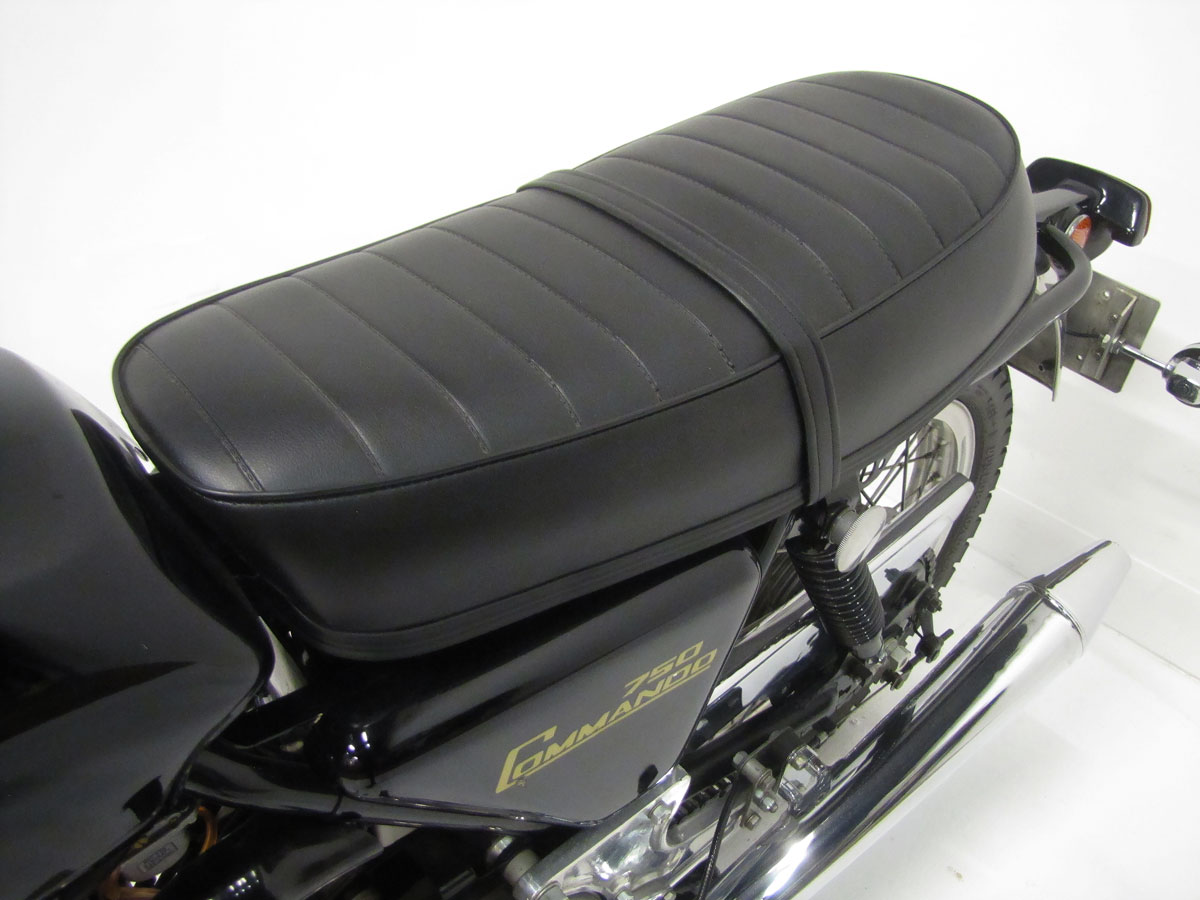
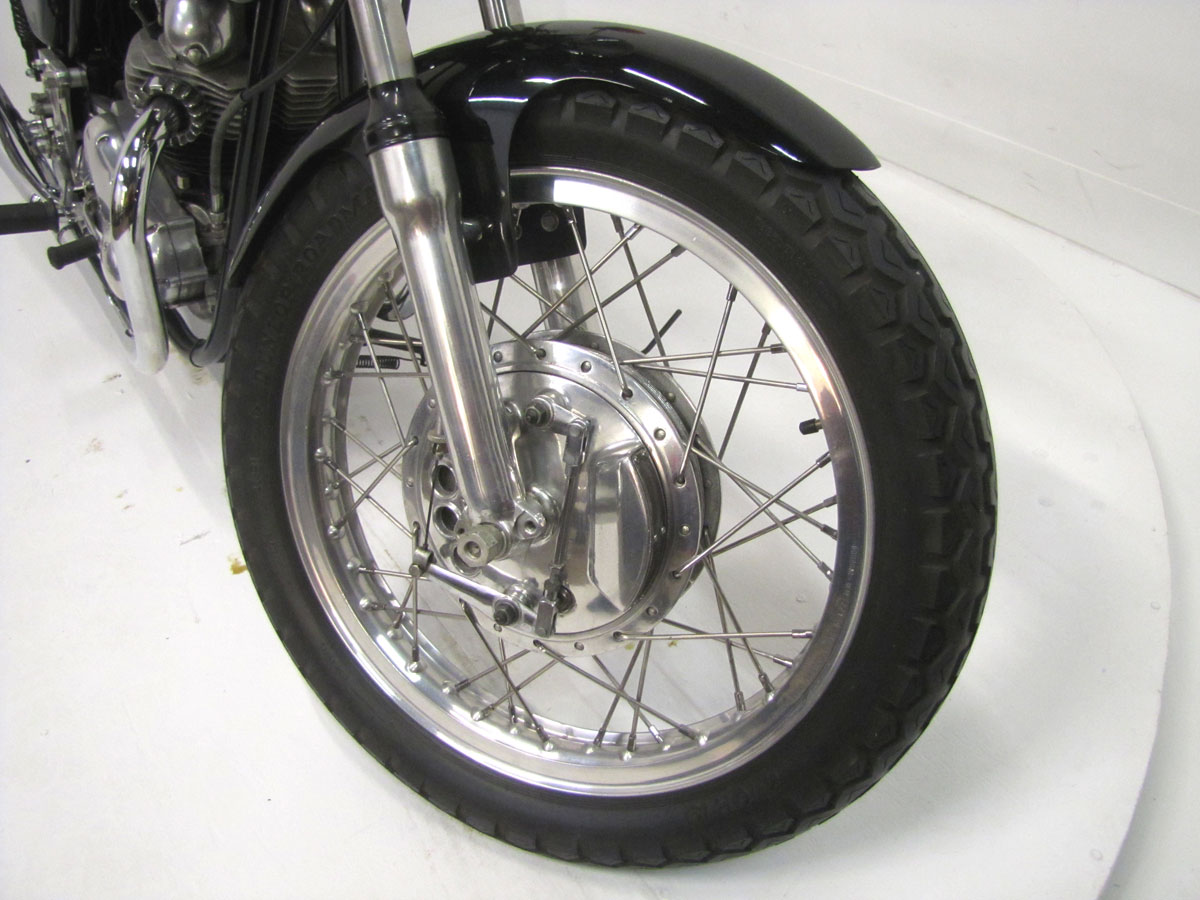
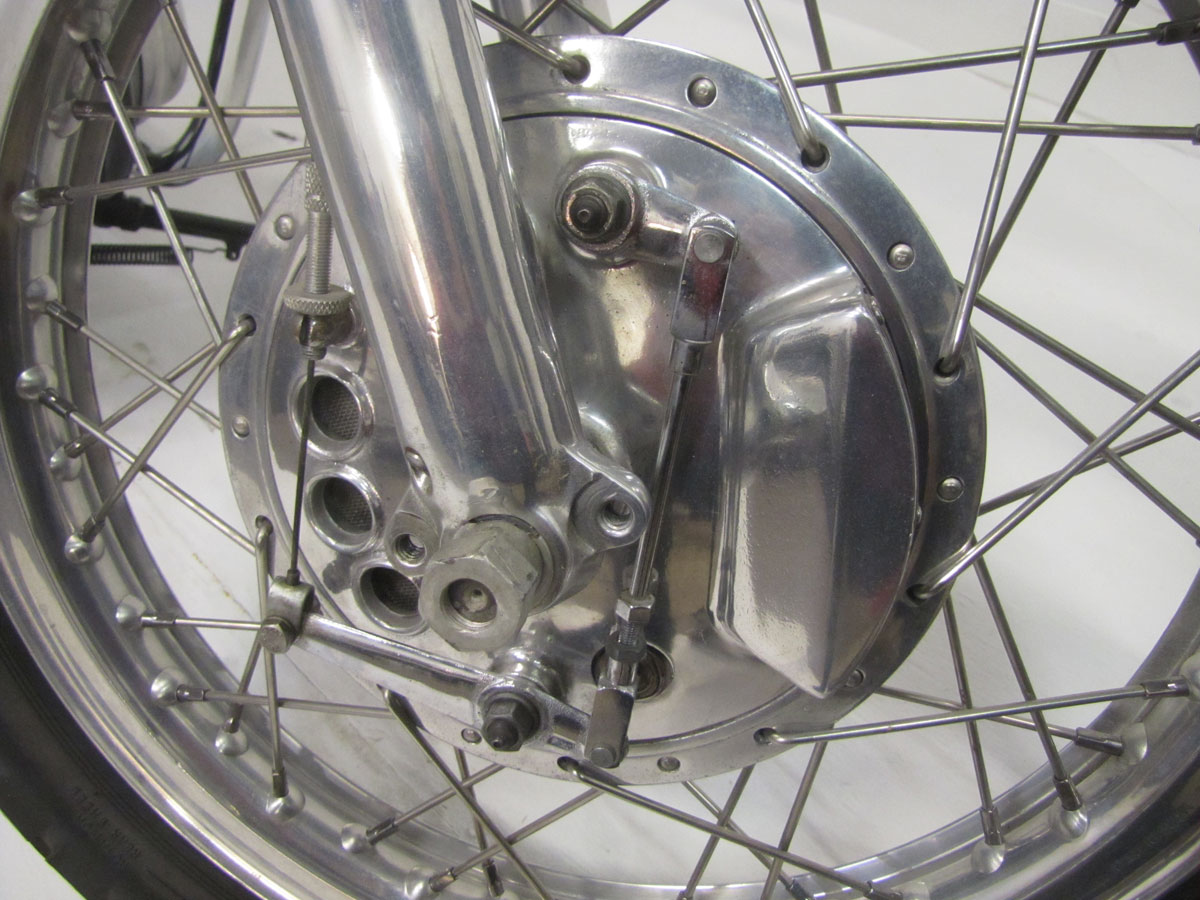
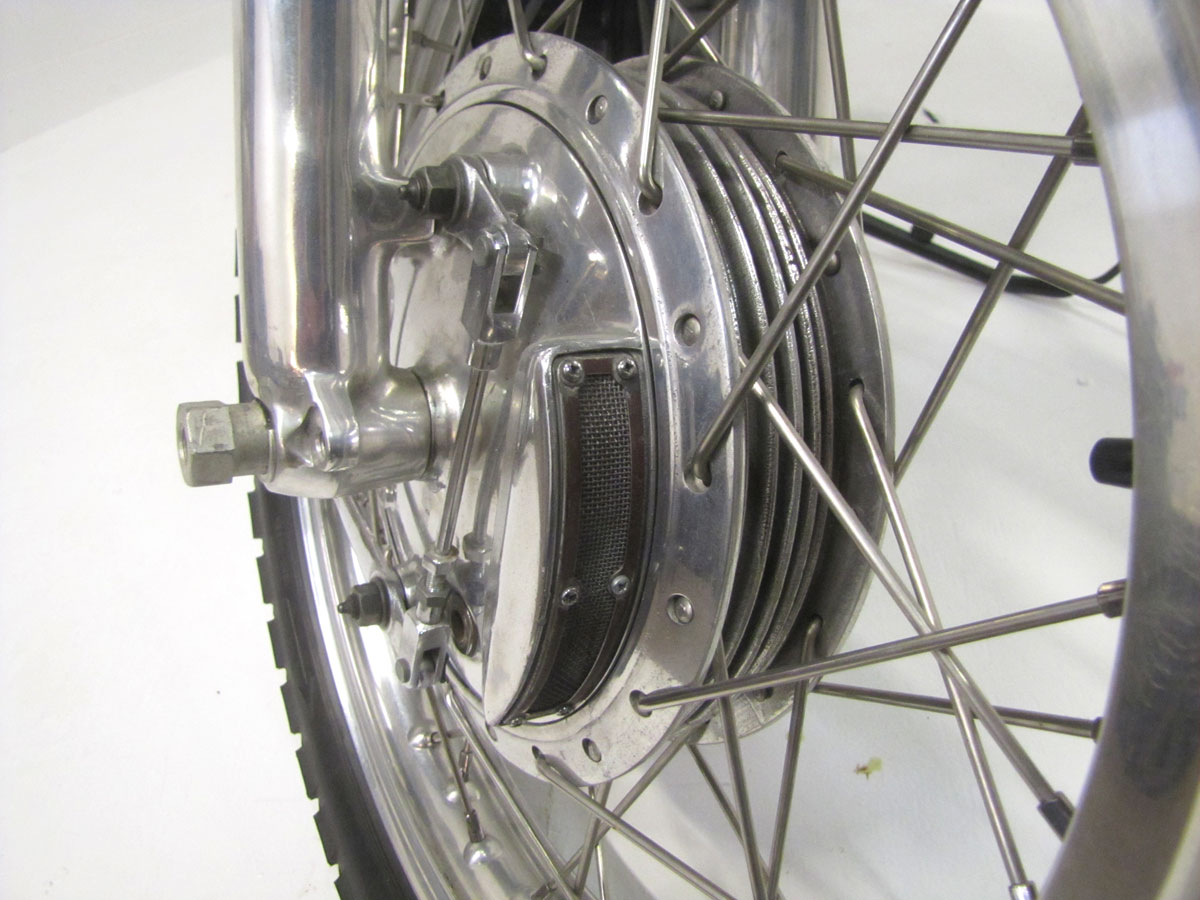
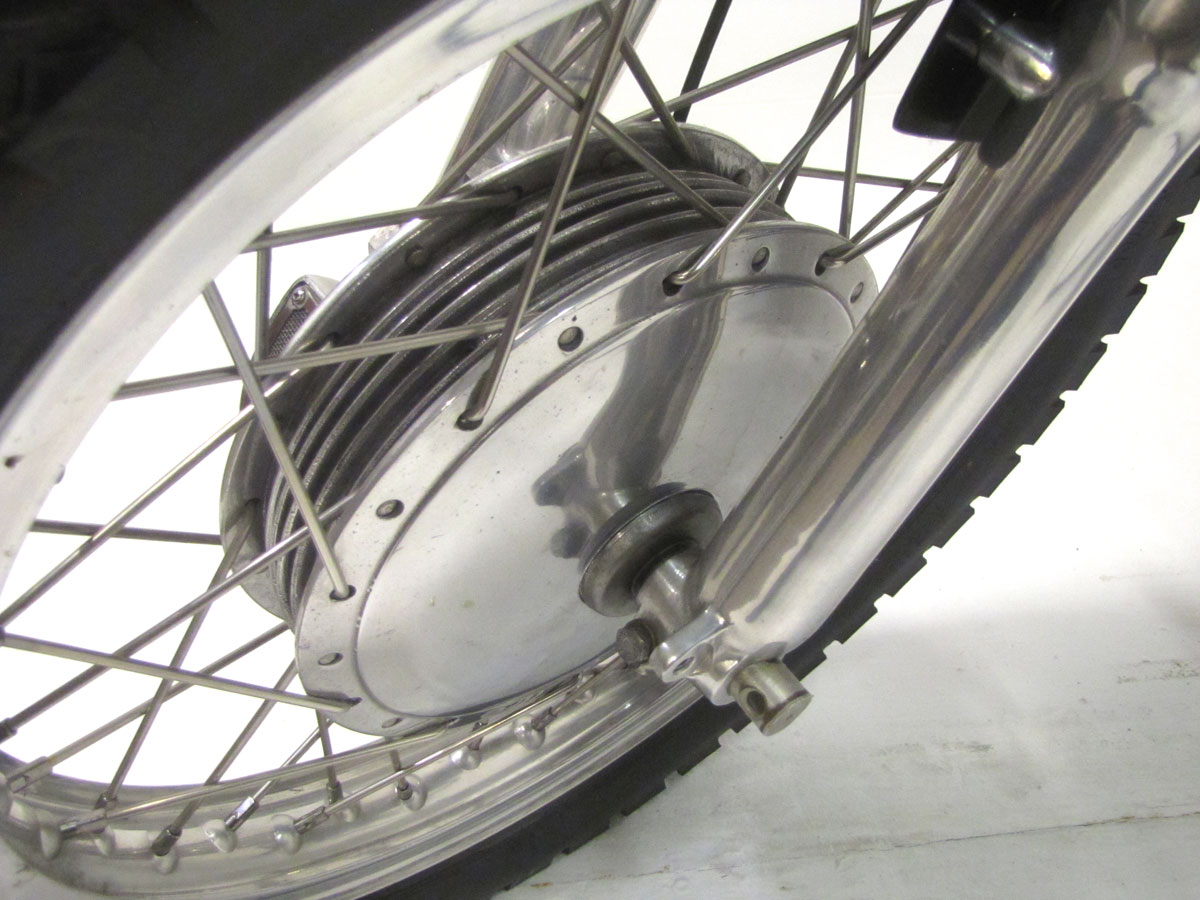
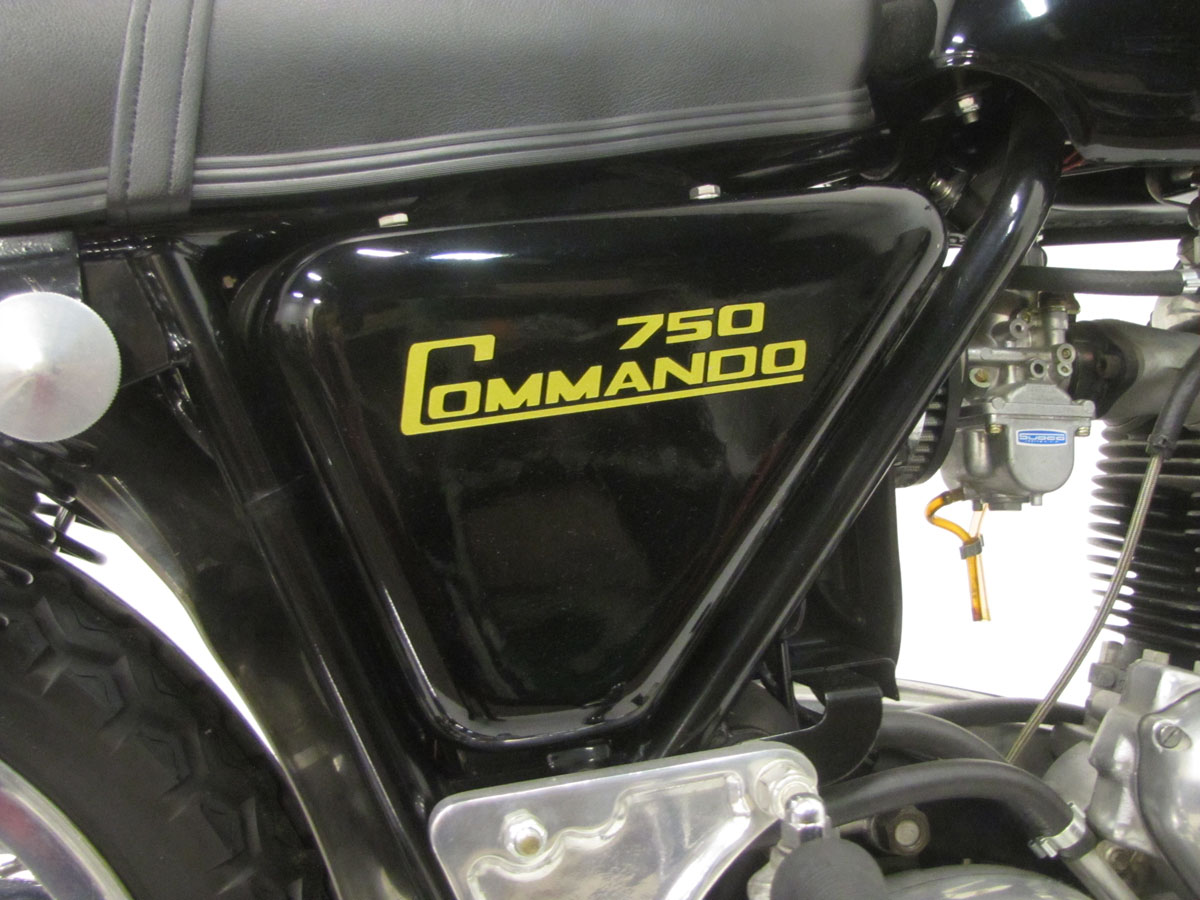
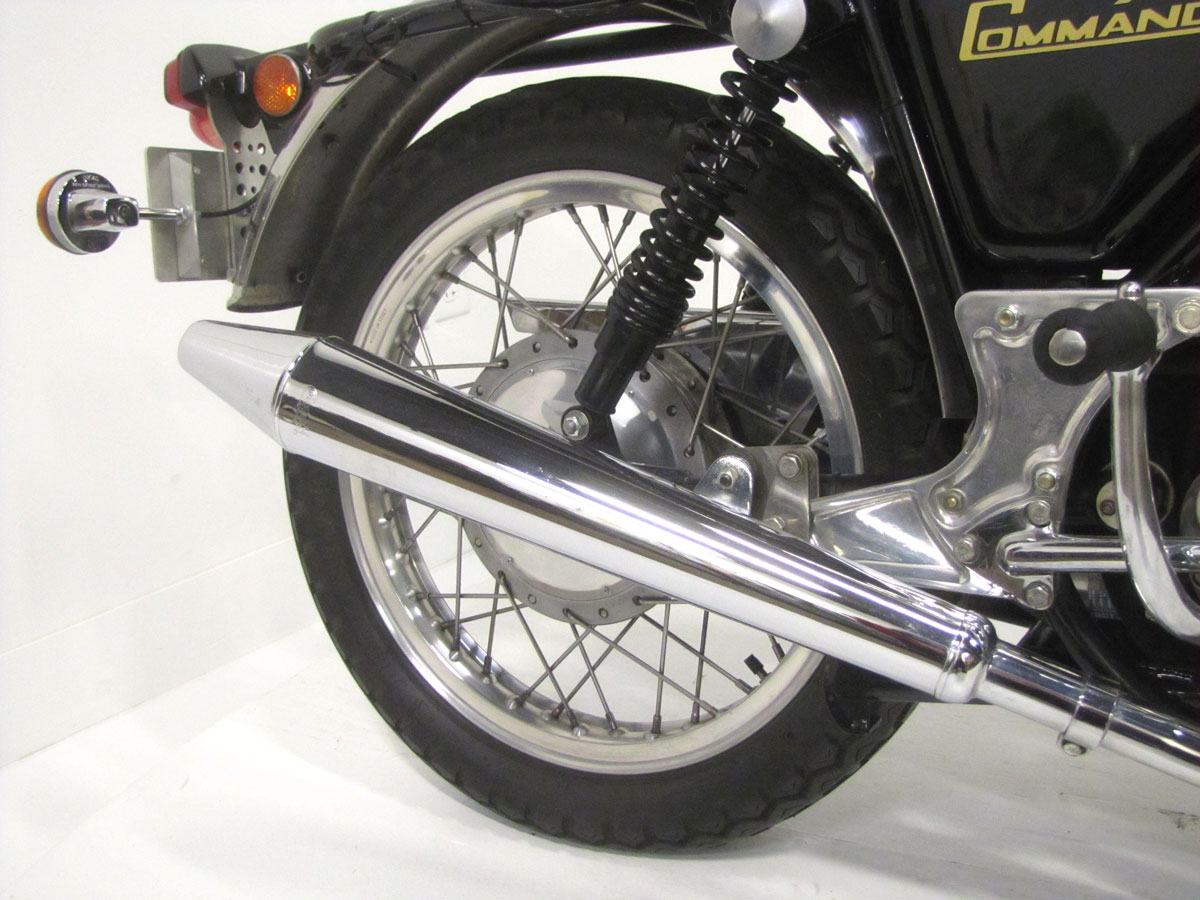
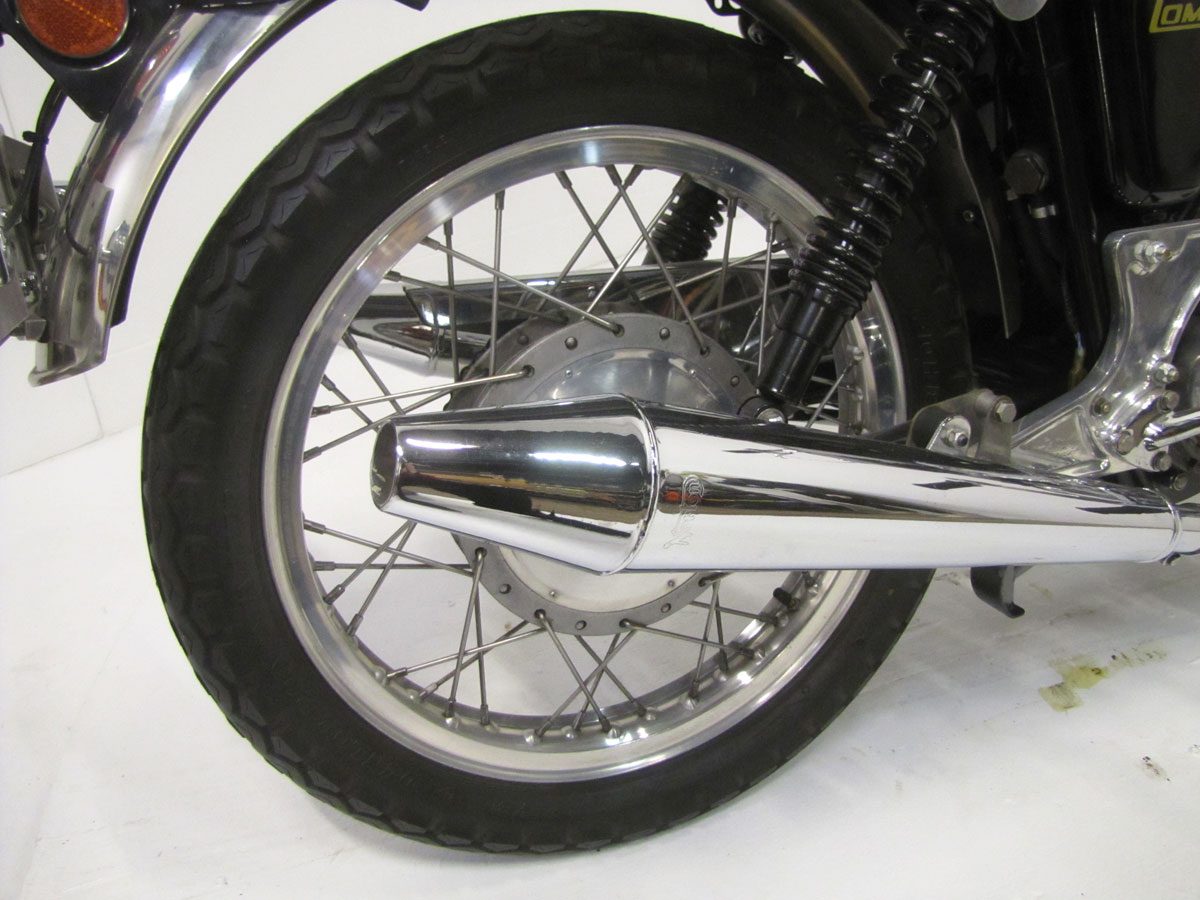
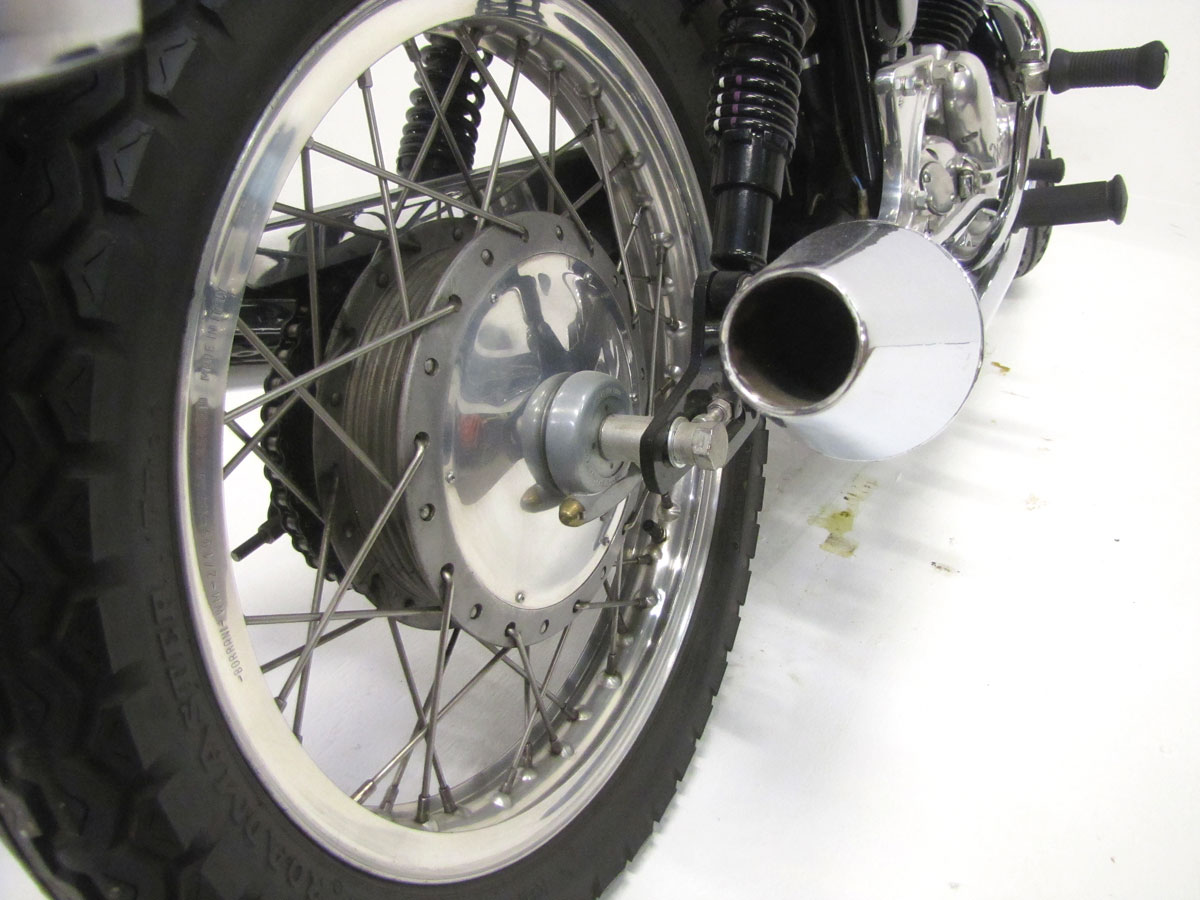
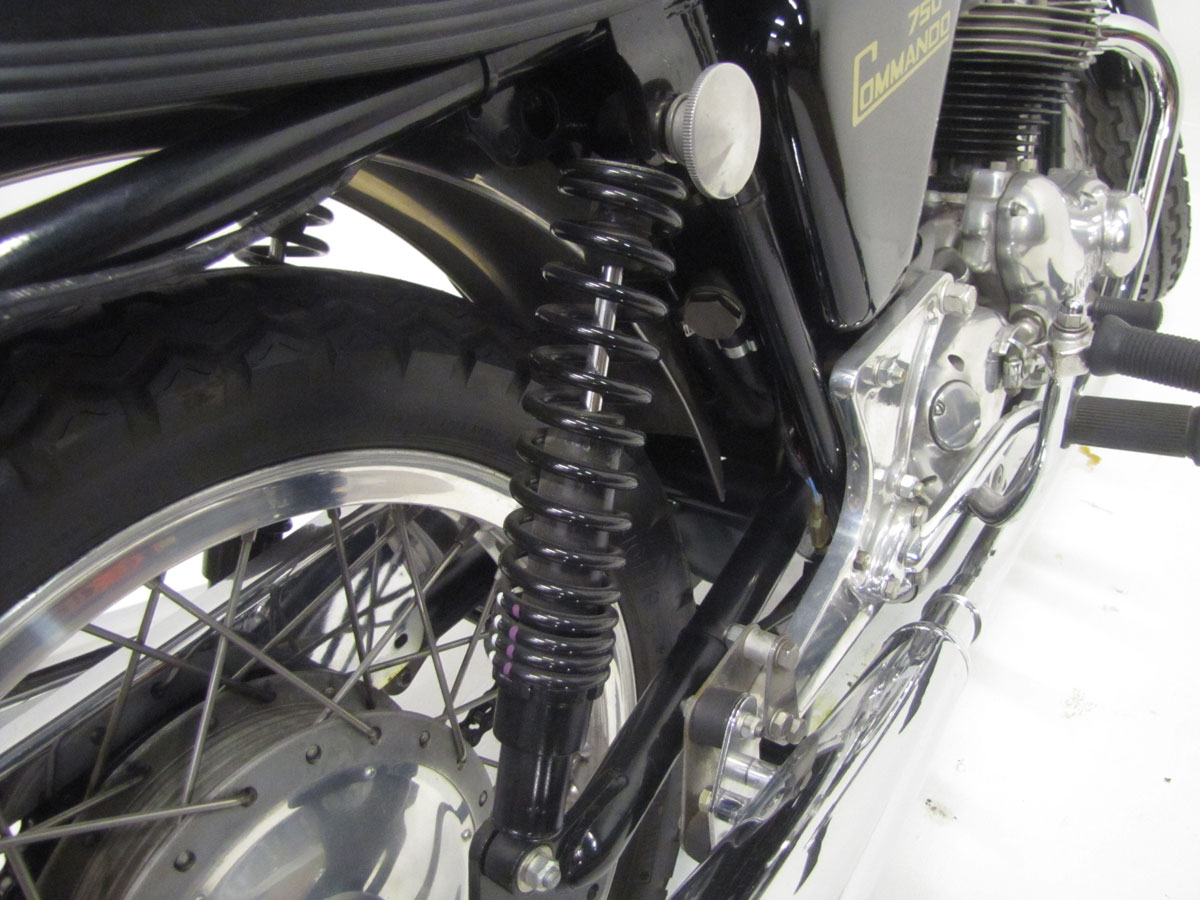

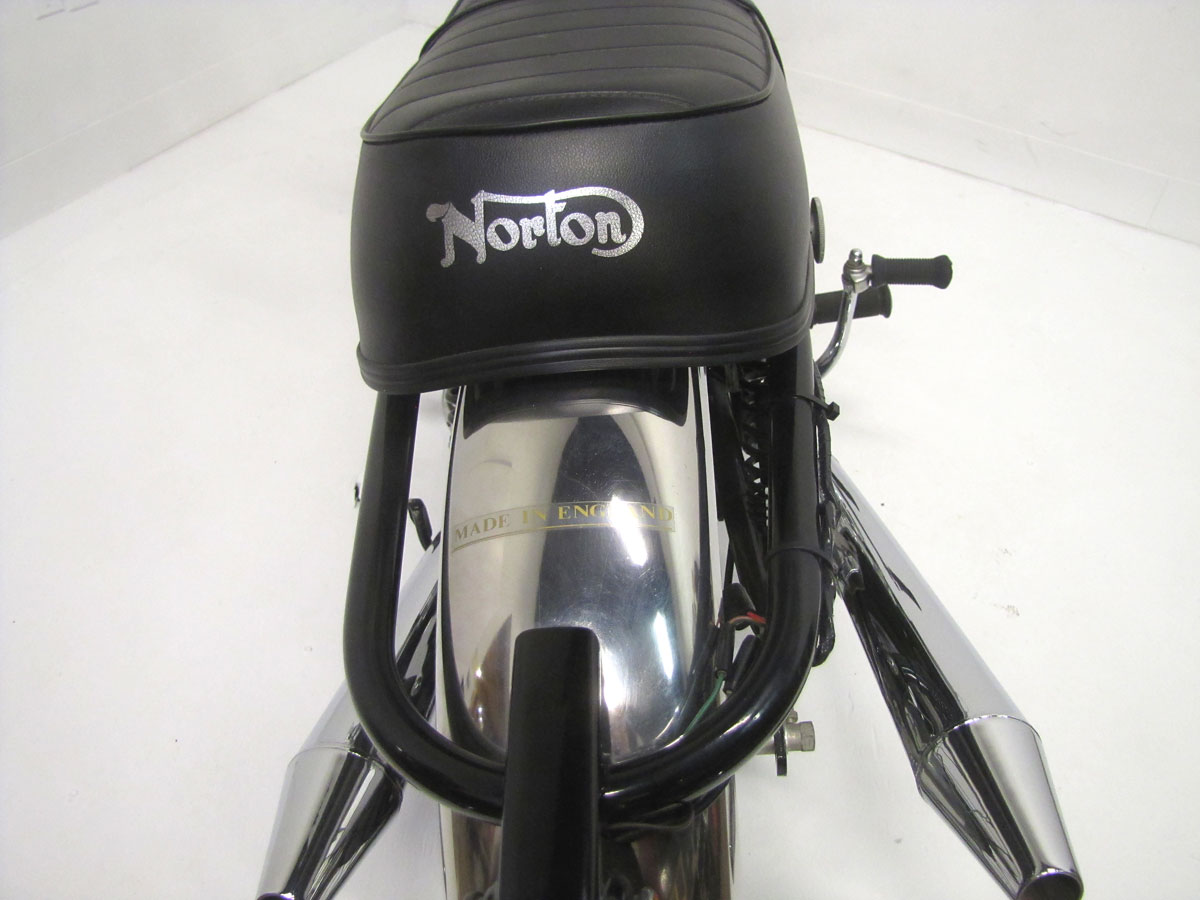
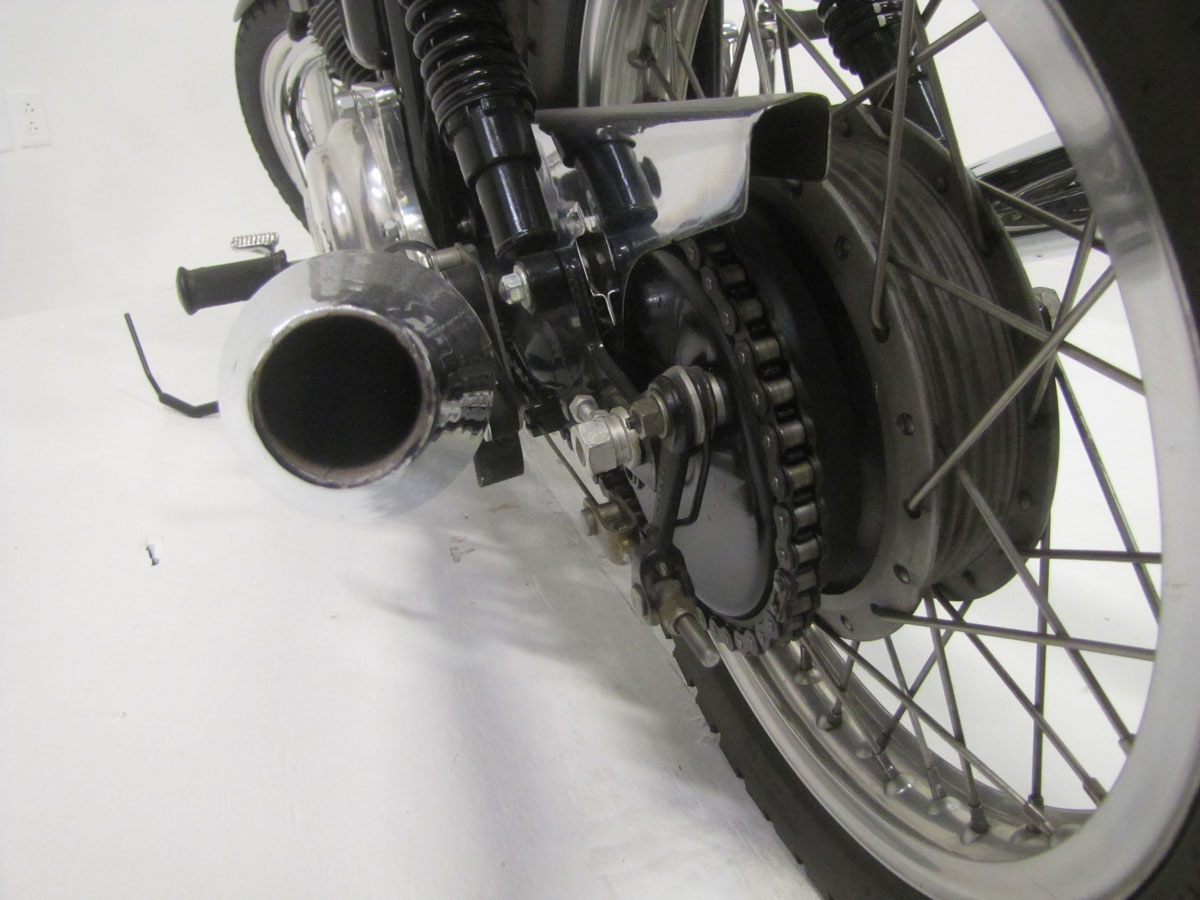
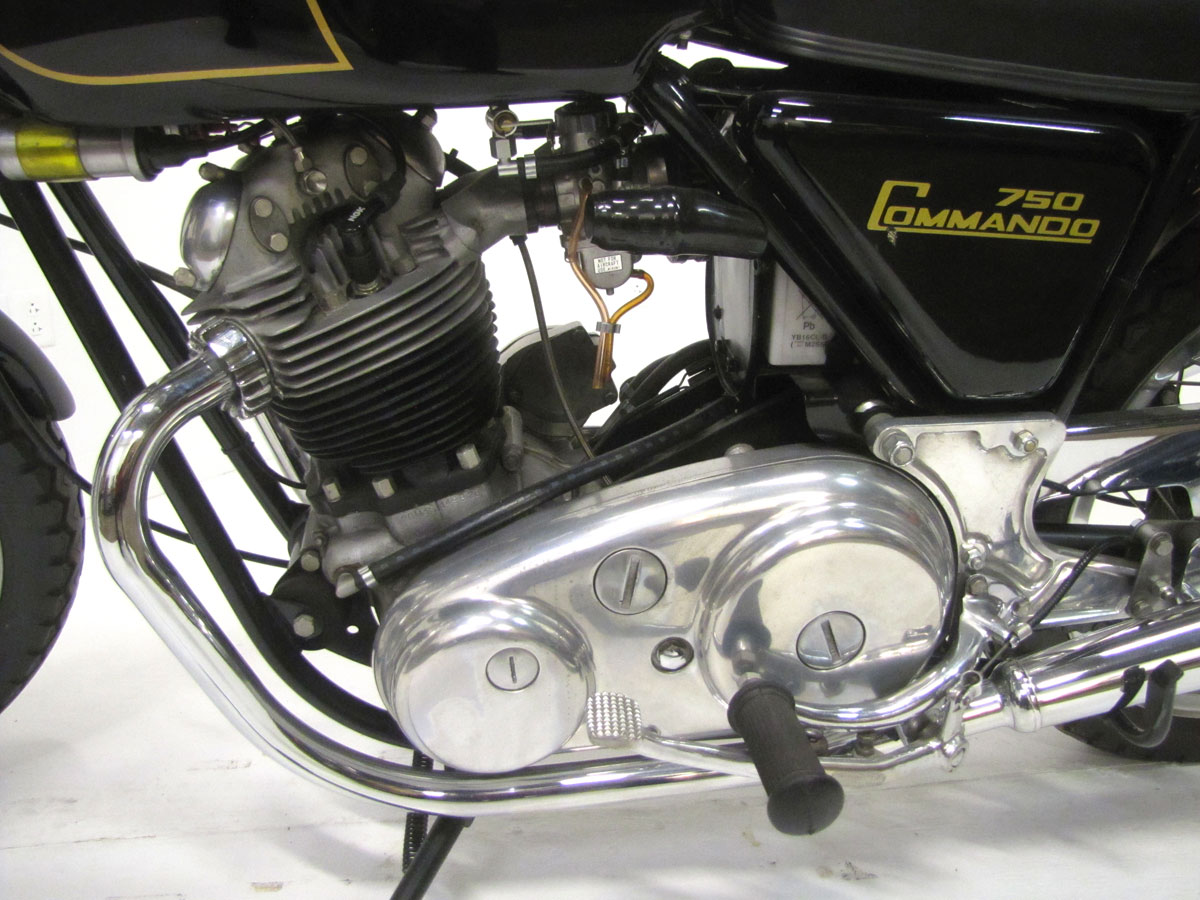
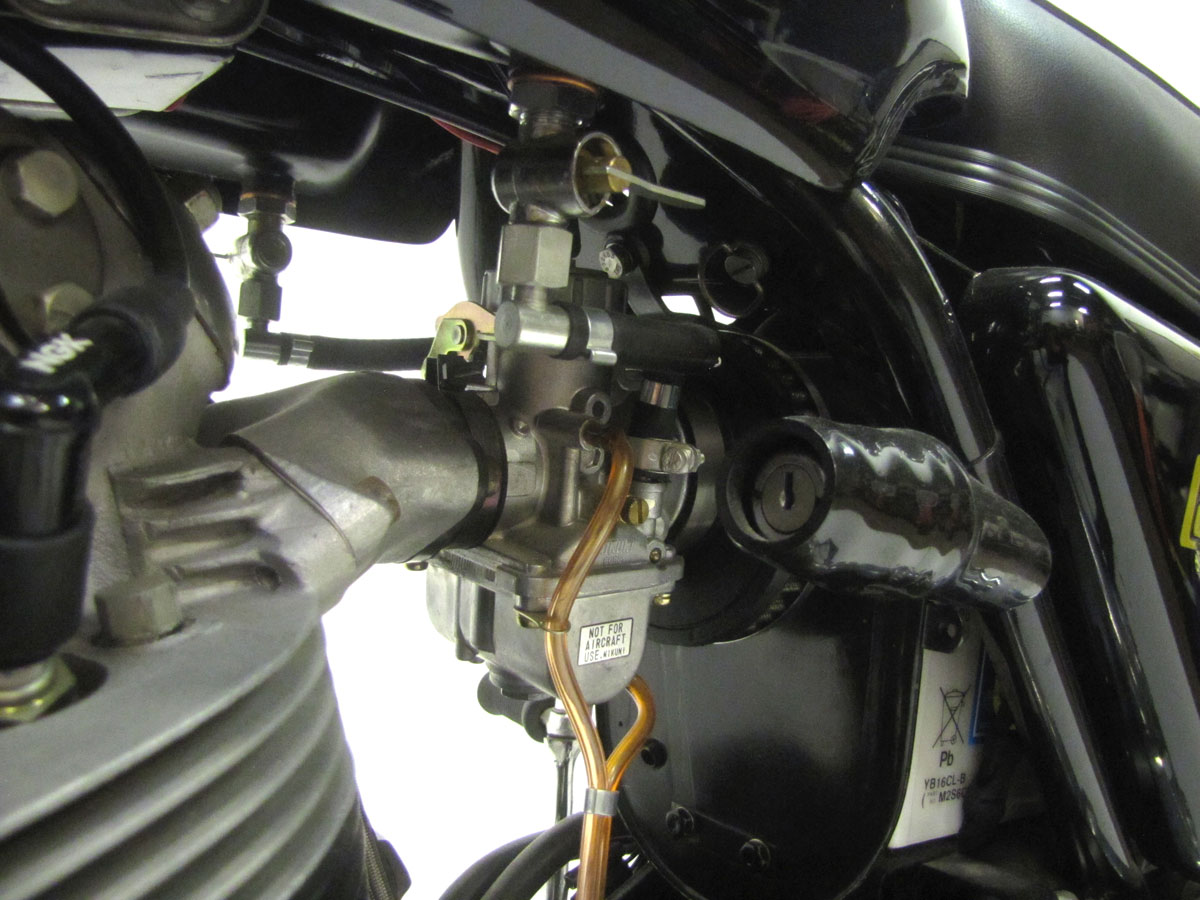

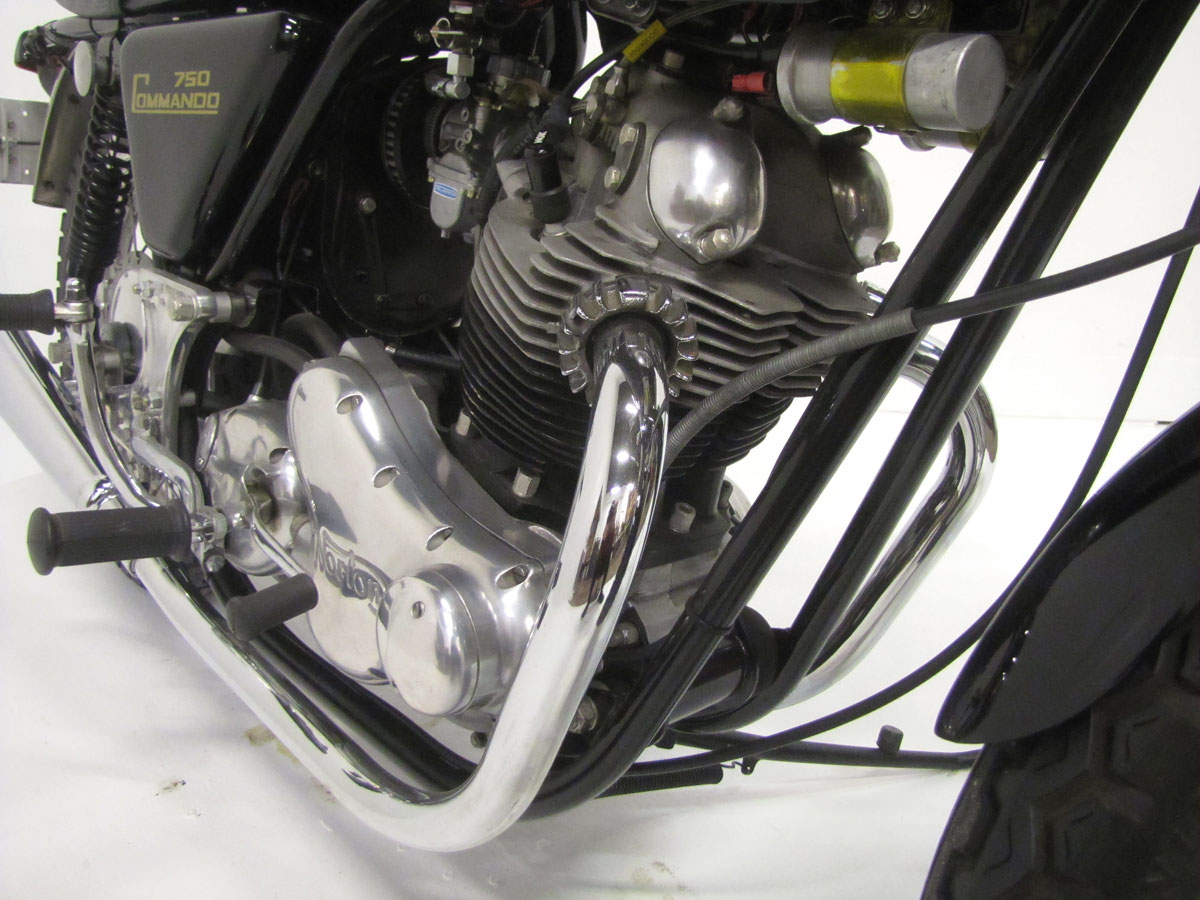

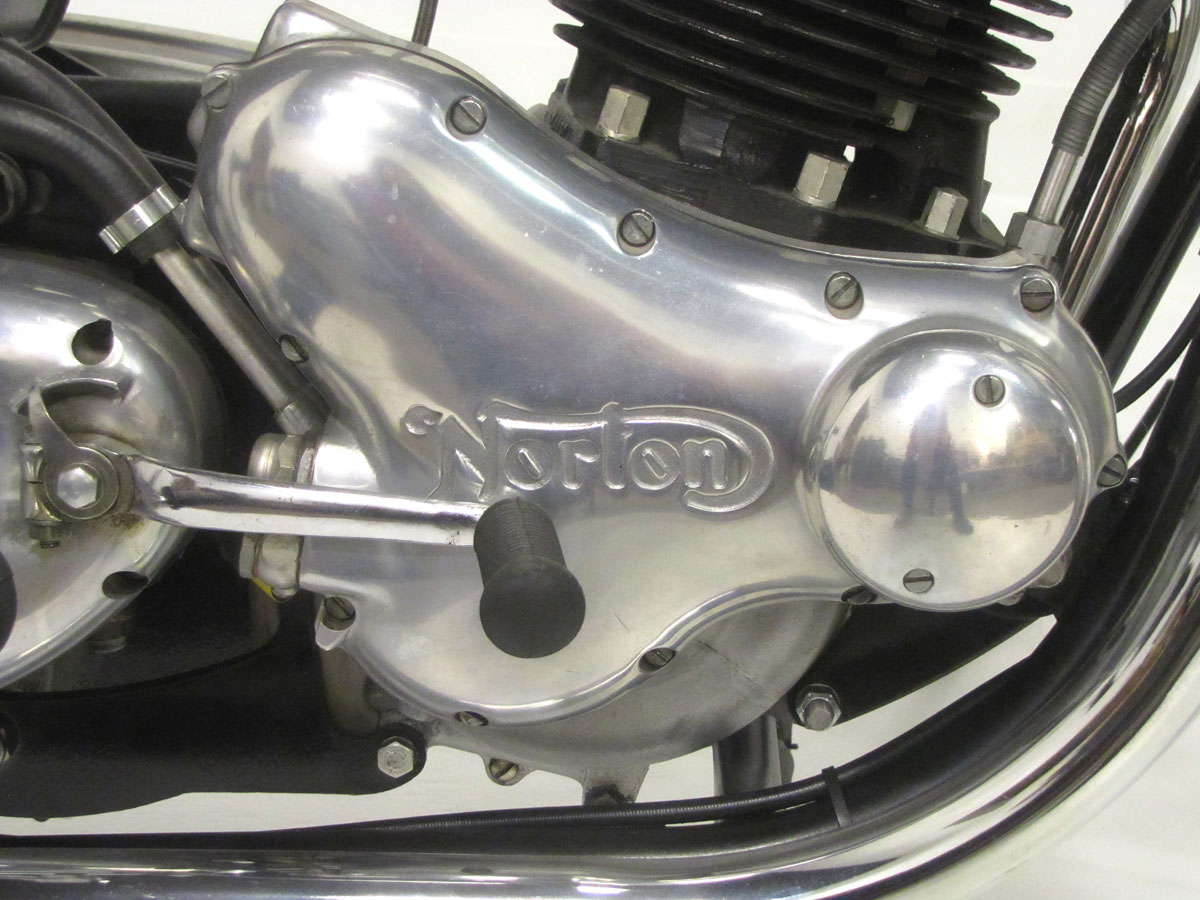
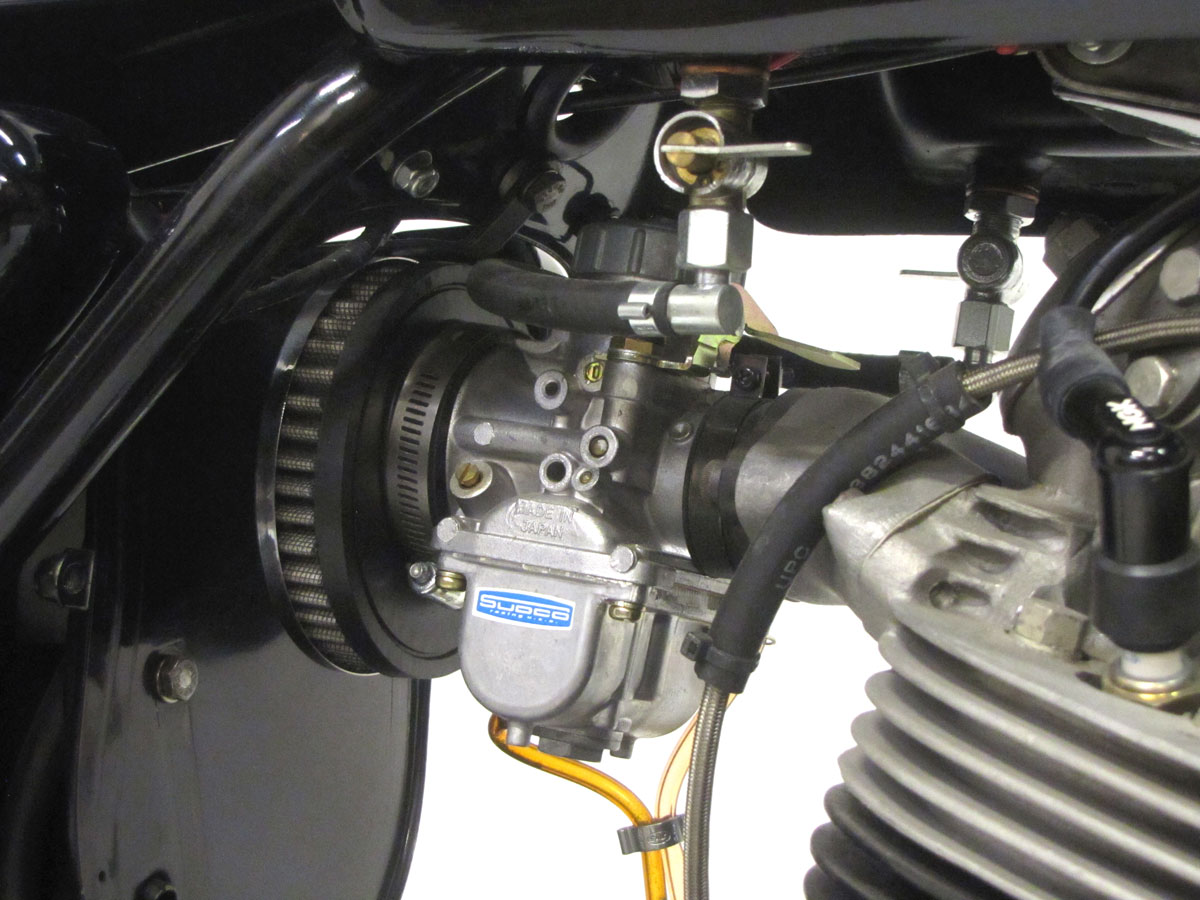
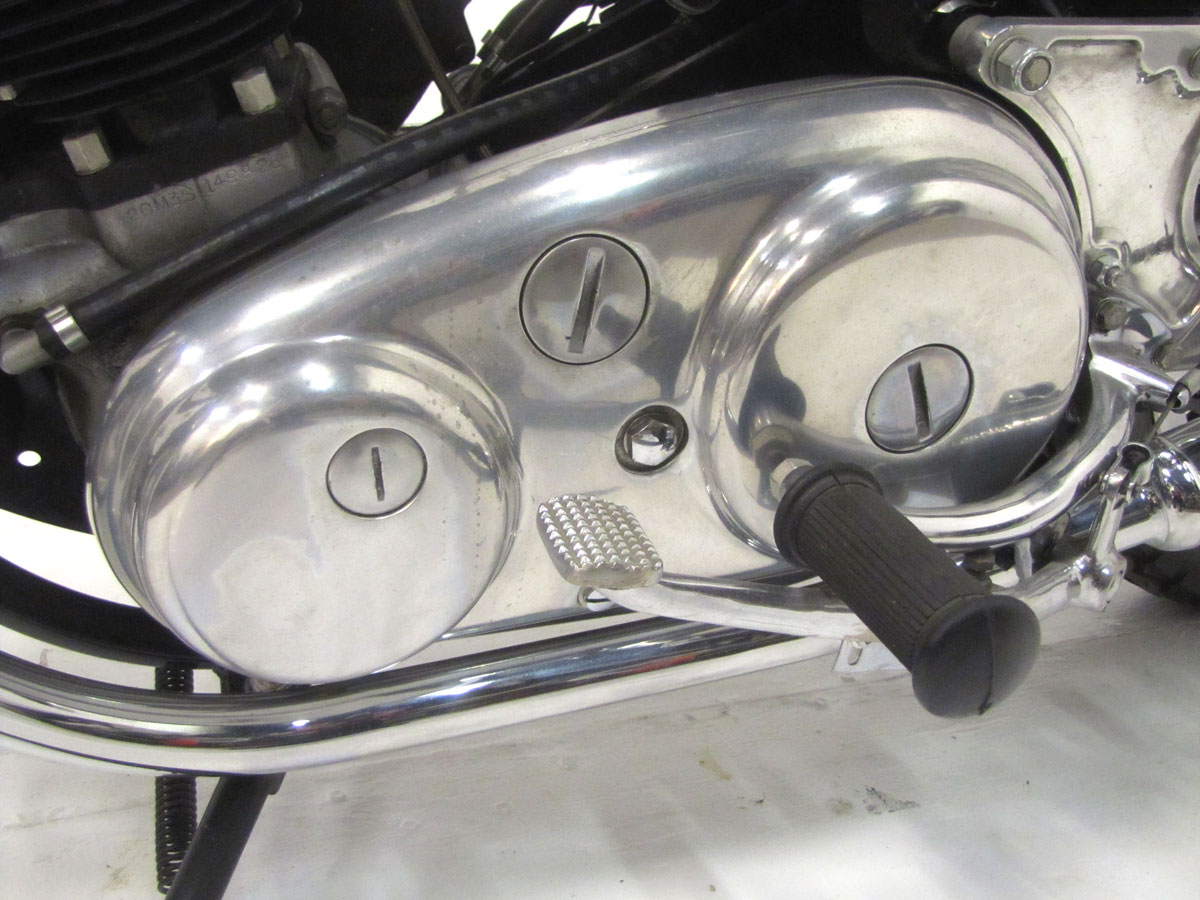


I bought a used ‘72 850 in ‘77 with only 7,000 miles on it. After a BSA Gold Star, a 650 Lightning, and a single carb oil-in-frame Triumph Tiger, I was not prepared for a machine so well engineered! To put it in perspective the 850 made around 65HP, roughly equal to the Shovel Head HD at the time and less than half the weight of an Electraglide. Not only was it fast, but in the six years I owned it never did I get that negative gut thrill of having entered a turn too fast. Can’t say that about the Dynaglides I owned later! The bike was long, low, and you could fly around curves without much forethought. With regards to the Dyna, HD got (or outright stole?) many of Norton’s chassis refinements such as isolating the engine vibrations from the frame as well as the swing arm hinging off the rear of the transmission. The motor was both efficient and incredibly quiet. I was installing a pair of Super Trapps on it when, to satisfy my curiosity, I fired it up without the mufflers. The thing was actually more quiet than a Triumph with stock mufflers! Causes a person to marvel at how a pushrod engine with 2 valves per cylinders could have such a well designed intake and combustion chamber that your gasoline converts so thoroughly into power with so little just making a racket. I wouldn’t even begin to address the inefficiency of the ubiquitous V-Twin we all love so well. Oh well. The Norton does not lend itself to long touring so much. Apples to oranges. But I wish I’d never sold that Commando!
Bought my ’74 Commando from VJ Cycle Sports in Cedar Rapids. It was new off the show room in the spring of ’76. I had considered it a year earlier but at that time it was $2200. I came around the next year and discovered that it had been dropped to $1800 so I couldn’t resist. I took it for a test ride and I could really feel the power of that tight new motor without even getting on it. Turned around in the street and it was not that much different than a bicycle. To watch it idle or ride it around town you would think that it would shake you up pretty bad a high speed but once out on the open road it smooths out so you barely could feel it in the handle bars or the foot pegs.
It’s a nice handling, well powered bike that, if the roads are smooth, you can ride it all day. It’s not modern by today’s standards but it sure gives you lots of feedback without consulting your rev counter. After 24,000 miles and 24 years it had gotten to where it didn’t run right and had some leaks. Had a single Mikuni carb and electronic ignition installed. 30 K on it now and it’s still a fun bike to ride. I have test ridden many new Triumphs. They are certainly more modern and electric start is nice but I still enjoy kicking over the old Norton and ripping about. JT
I have three 75 MKlll’s. One pristine, one currently rebuild mode and one in a basket. I’ve had a 62 650ss, and a 68 750 roadster. The 650 was the fastest, lifted the front going into second and handled most like a bicycle. The 750 was fast, wheelies in first gear but not as well handling.
15 years later a MK 3 appears in my driveway with my neighbor aboard. Two weeks later it was mine. Few years later another appeared at a BSA all Brit show in San Jose CA at a decent price needing minimal work. One is Two up, one is a Solo ride. Then a rolling wreck was in Oakland for $600 I couldn’t pass up.
I’ve two other bikes, a Triumph hotrod and a Beemer RT.
NORTON’S THE BEST
My friend bought one of these new .It was a quick bike and was great on the back roads .